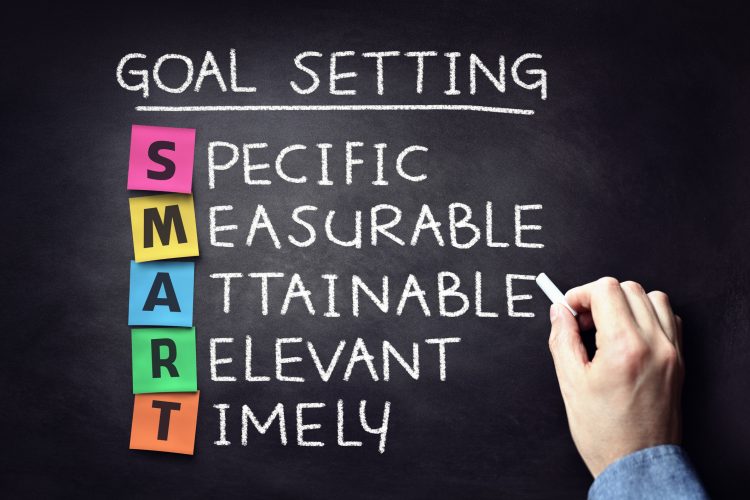- Home
- |
- About us
- |
- News and Events
- |
- Resources
- |
- Contact
- |
- Donate today
- Shop
Speaking to another amputee can make a real difference to your recovery and ease your concerns. We call this type of assistance Peer Support.
Following surgery, you will need time to recover. It is also a time to set goals about your journey ahead. Here, we help to guide you through the process to navigate your pathways forward.
Effectively managing your short and long term health will lead to better outcomes and prevent future problems.
Getting the right kind of prosthesis to suit your lifestyle needs and daily level of activity is important.
People are often concerned about the costs involved in getting a prosthesis. In Australia, there are a number of different funding schemes and it can be easy to get confused and to know what you are eligible for.

Goal setting can help you in any area of your life. Setting goals is an important part of seeking funding for prosthetics, assistive technology and other supports you might need to live an active, independent, safe and fulfilling life.
In the early stages following an amputation, you may need assistance from your healthcare team to help you to set your goals. Your team will work with you to help you to achieve your goals.
It’s a good idea to write goals down so that you don’t forget! The Amputee Diary is a good resource to help you do this.
Setting effective goals can be made easier by following a goal setting tool. One type of a goal setting tool is the SMART goal tool. ‘SMART’ are goals that are:
Specific: something that is directly related to what you want, and makes it very clear what needs to be achieved.
Measurable: describe what you need to do to achieve this goal.
Achievable: something that is realistic, how much time there is, what resources are available to help you achieve your goal.
Resourced and Realistic: the goal must be important to you and something that is of benefit to you, your family, and your health.
Time sensitive: set a date or target to achieve your goal.
“I want to get physiotherapy sessions (resourced and realistic) to be able to walk 500 metres (specific and measurable) by January 2021 (time sensitive and achievable) without my walking stick (specific) so that I can walk my daughter down the aisle at her wedding”.

Goals that have a time frame around them usually come as three types. An explanation of these can be found below.
These goals include the things that you may achieve in a short space of time. For example, when you first get your prosthesis, having the ability to stand up for short periods of time, and/or managing to walk the length of the parallel bars a number of times.
These goals include the things that may take a little longer to achieve. For example, having the ability to walk the length of a corridor and back again with a walking aid, or getting used to walk around safe areas of your house (like the kitchen) without a walking aid.
These goals include things that you will gradually aim to achieve as your confidence with the prosthesis improves over several months. For example, feeling confident enough to walk through a busy shopping centre, using an escalator, going to the supermarket on your own and/or going on a holiday with your family.
If you need help setting goals, seek assistance from your healthcare team.
Find out more about the NDIS
Find out more about the NDIS
Keep up to date with our latest news, events and information
